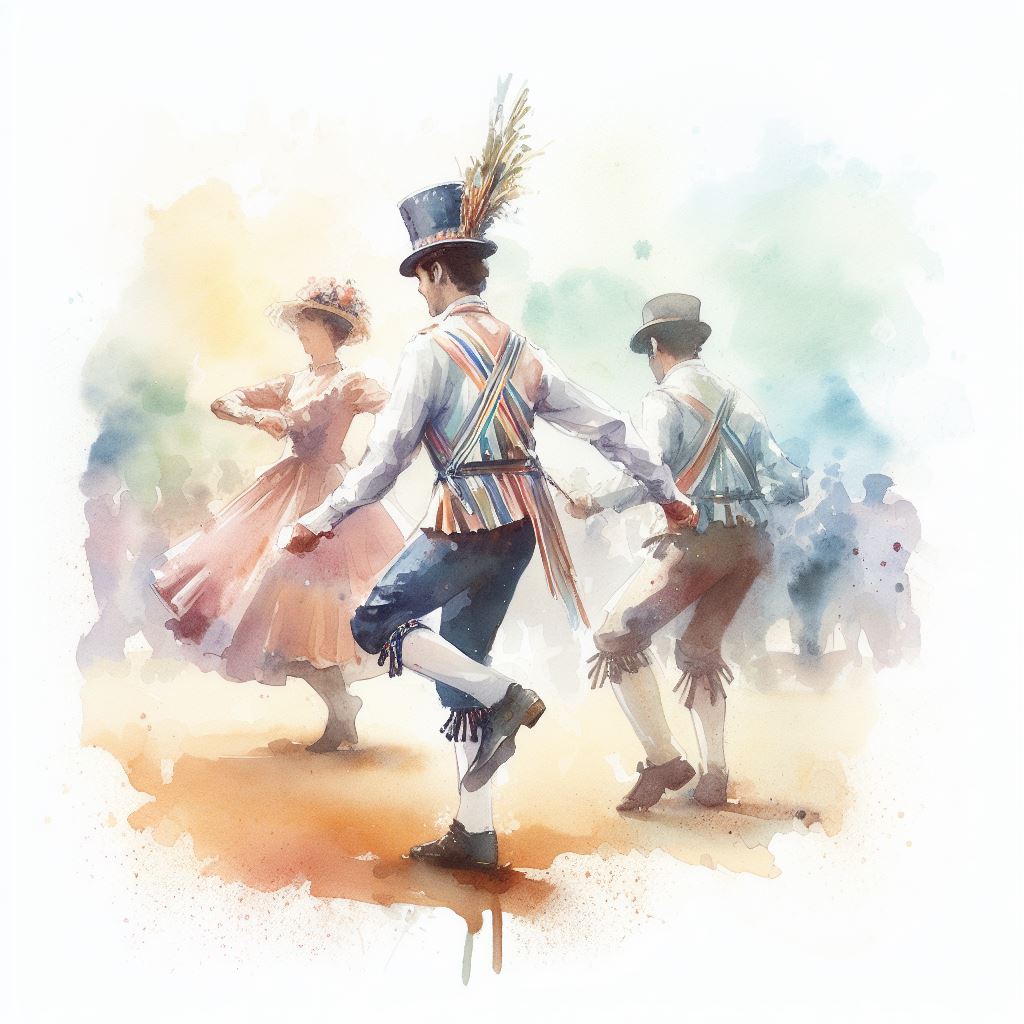The most popular traditions and customs in England
England is a country with a long and rich history, which has given rise to a variety of traditions and customs that are still alive and well today. Some of these traditions and customs are unique to England, while others are shared with the rest of the United Kingdom or other countries. Some of them are ancient and have their roots in pagan or Christian rituals, while others are more recent and reflect the social and cultural changes that have occurred over time. In this essay, we will explore some of the most popular traditions and customs in England, and explain their origins and meanings.

Tea time. Tea is the national drink of England, and drinking tea is a daily ritual that is deeply ingrained in the English culture. Tea time is the name given to the afternoon break that usually takes place between 3 and 5 pm, when people enjoy a cup of tea accompanied by some snacks, such as sandwiches, scones, cakes or biscuits. Tea time can be a casual or formal occasion, depending on the setting and the company. The tradition of tea time dates back to the 17th century, when tea was introduced to England from China by the East India Company. Tea was initially a luxury item that only the upper classes could afford, but it gradually became more accessible and popular among all social classes. Tea time is also associated with other events, such as high tea, which is a more substantial meal served in the late afternoon or early evening, or cream tea, which is a special treat that consists of tea with scones, jam and clotted cream.

Morris dancing. Morris dancing is a traditional English folk dance that involves dancing with sticks, handkerchiefs or swords in a style that is influenced by the region where it is performed. Some of the regional styles include Cotswold from the South Midlands, Longsword from Yorkshire or Border from the Welsh border. Morris dancing is usually performed by groups of dancers wearing colourful costumes and bells, accompanied by musicians playing instruments such as accordions, fiddles or pipes. Morris dancing has a long and uncertain history, but it is believed to have originated from pre-Christian fertility rites or from Moorish influences during the Middle Ages. Morris dancing is typically performed on specific occasions and seasons, such as May Day, Whitsun or Christmas.

Bonfire Night. Bonfire Night, also known as Guy Fawkes Night or Fireworks Night, is a celebration that takes place on the 5th of November every year. It commemorates the failed attempt of a group of Catholic conspirators led by Guy Fawkes to blow up the Houses of Parliament and kill King James I in 1605. The plot was discovered and foiled just in time, and Guy Fawkes was arrested and executed. Since then, people celebrate Bonfire Night by lighting bonfires and burning effigies of Guy Fawkes, as well as watching fireworks displays and eating traditional foods such as toffee apples, parkin cake or jacket potatoes. Bonfire Night is also associated with other events, such as Lewes Bonfire Night in Sussex, which involves processions of people dressed as historical or political figures, or Ottery St Mary Tar Barrels in Devon, which involves people carrying flaming barrels of tar through the streets.
In conclusion, England has a diverse and vibrant culture that is reflected in its traditions and customs. Some of these traditions and customs are tea time, Morris dancing and Bonfire Night, which have different origins and meanings, but share a common purpose: to celebrate and enjoy life. By participating in these traditions and customs, people can connect with their heritage and identity, as well as with their community and friends.
Anabasis Project
